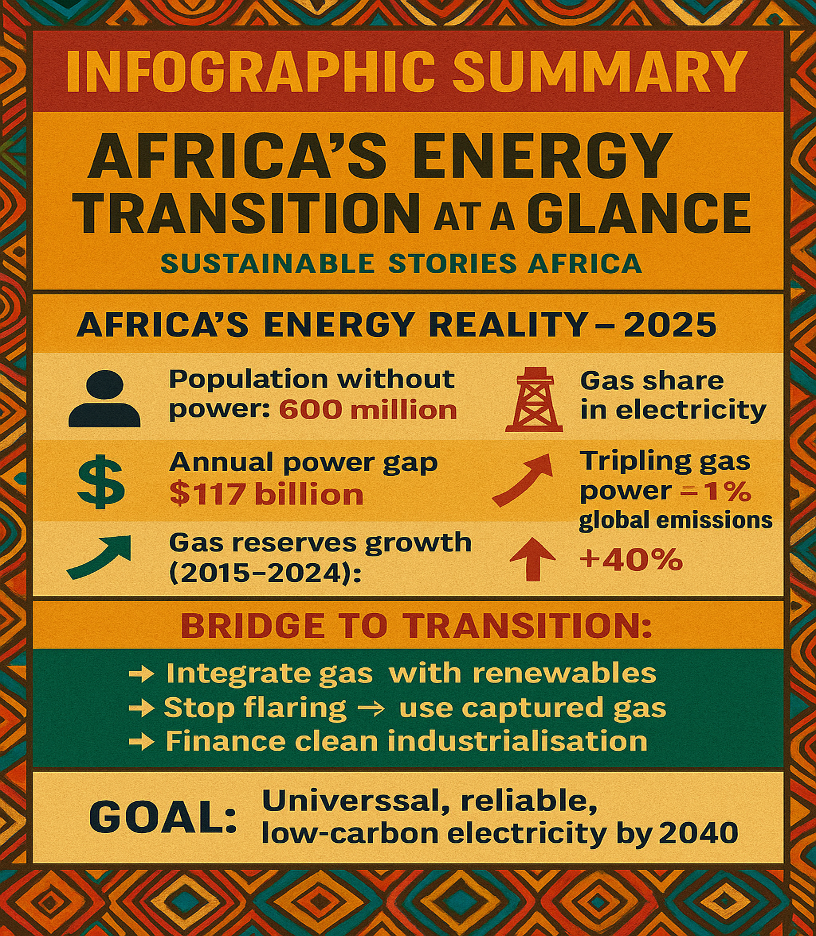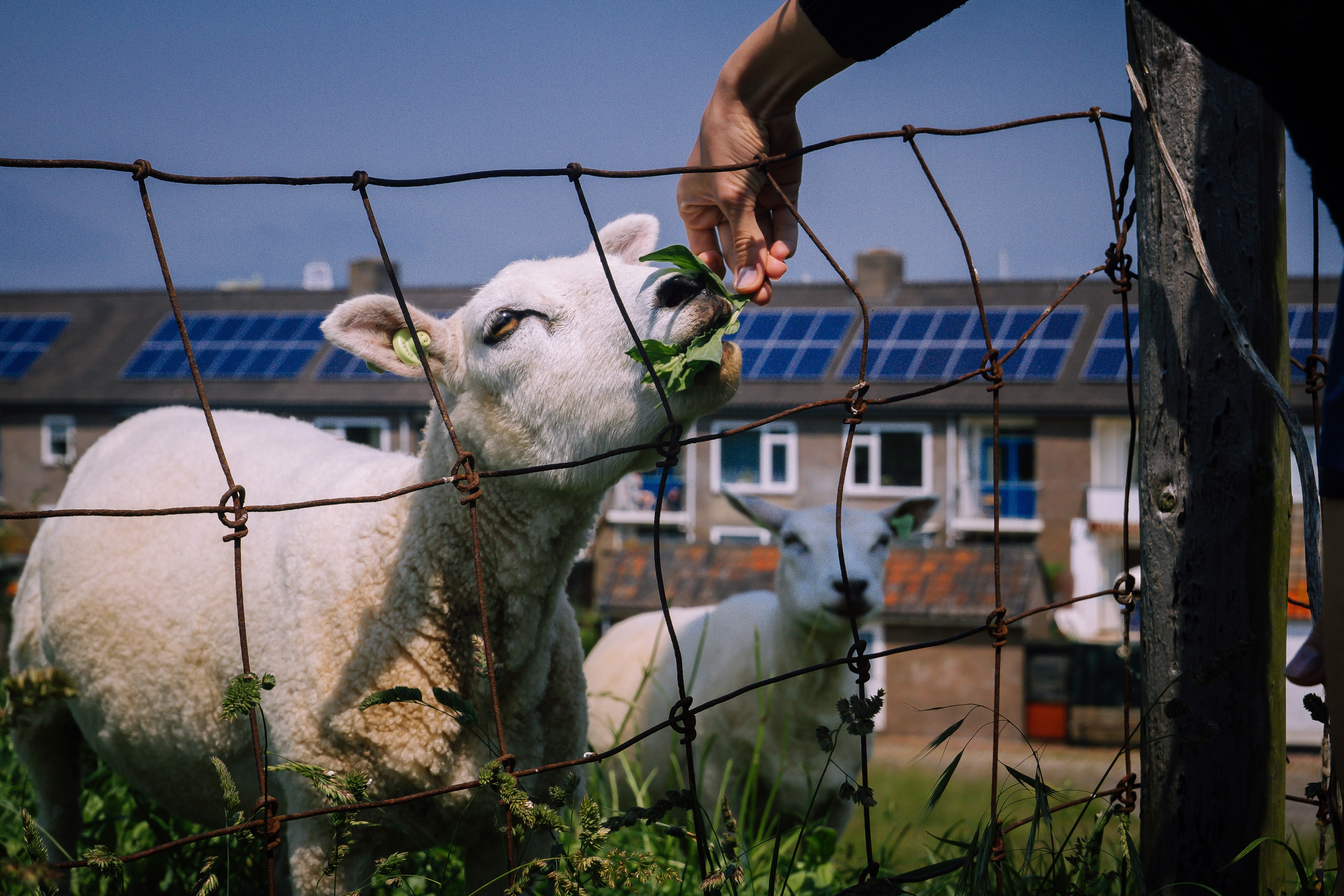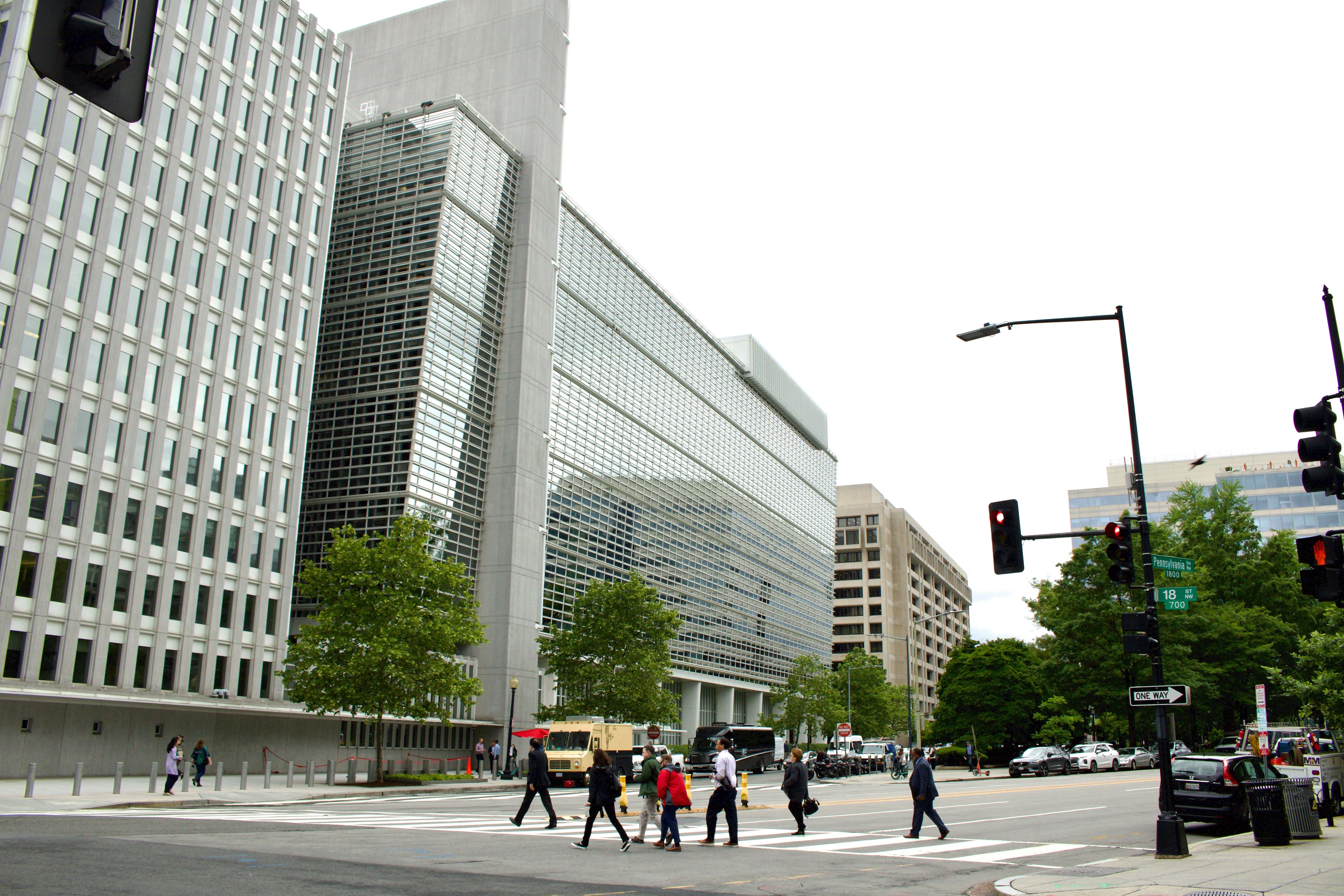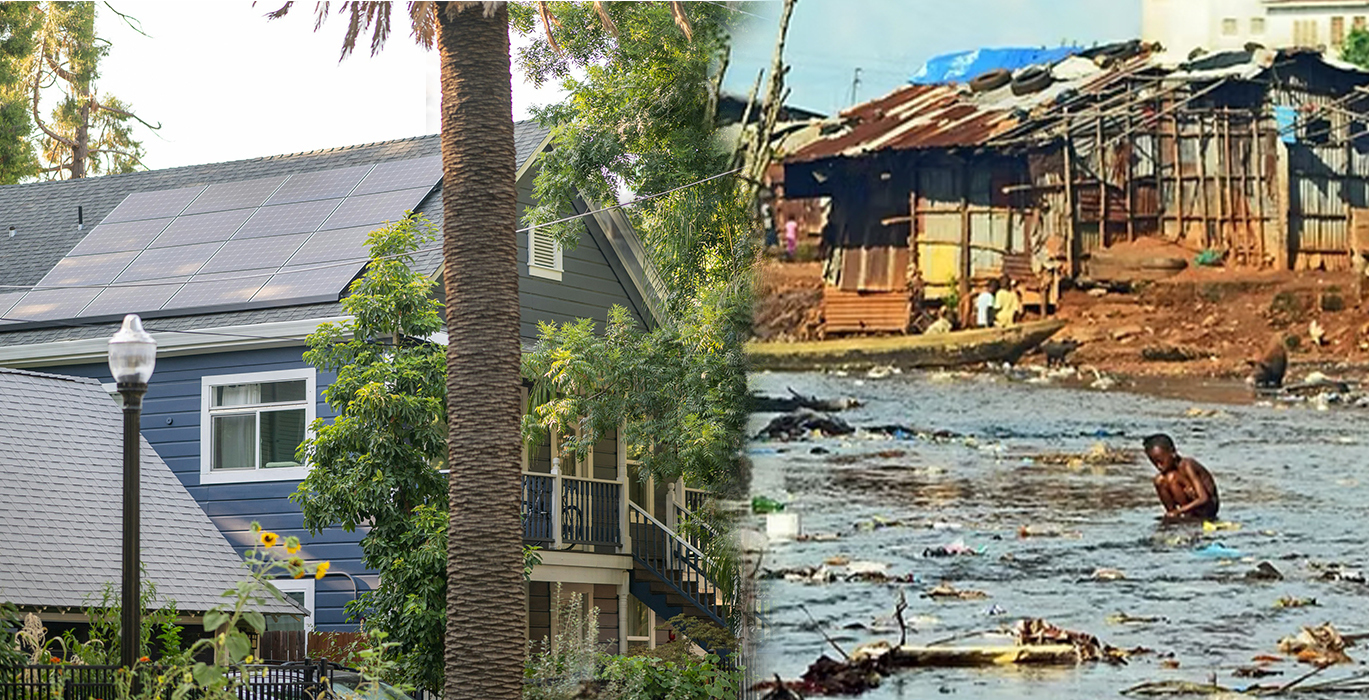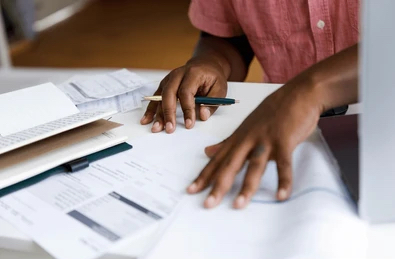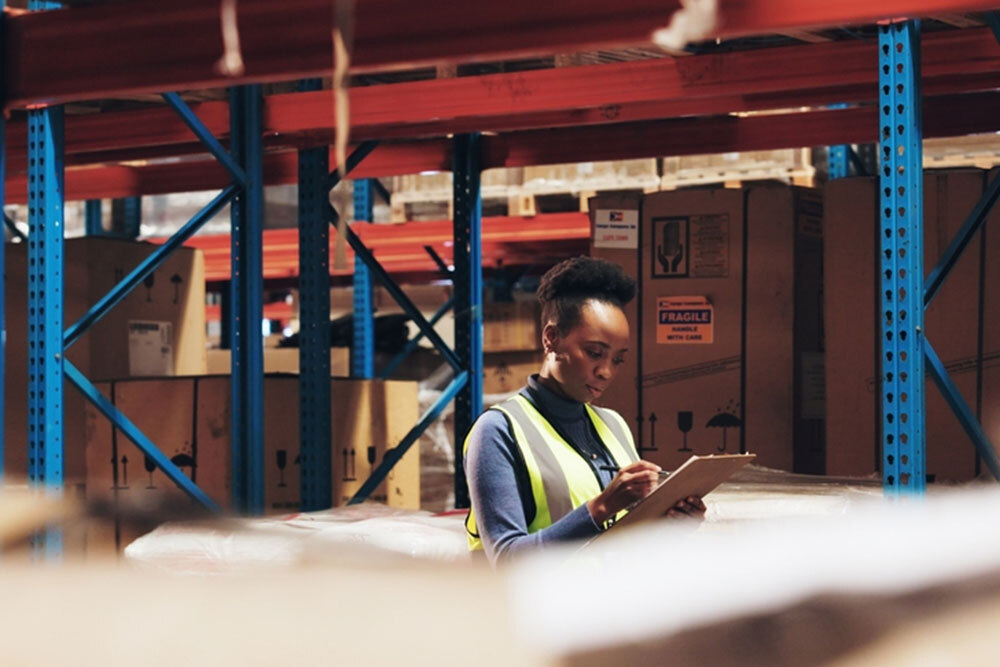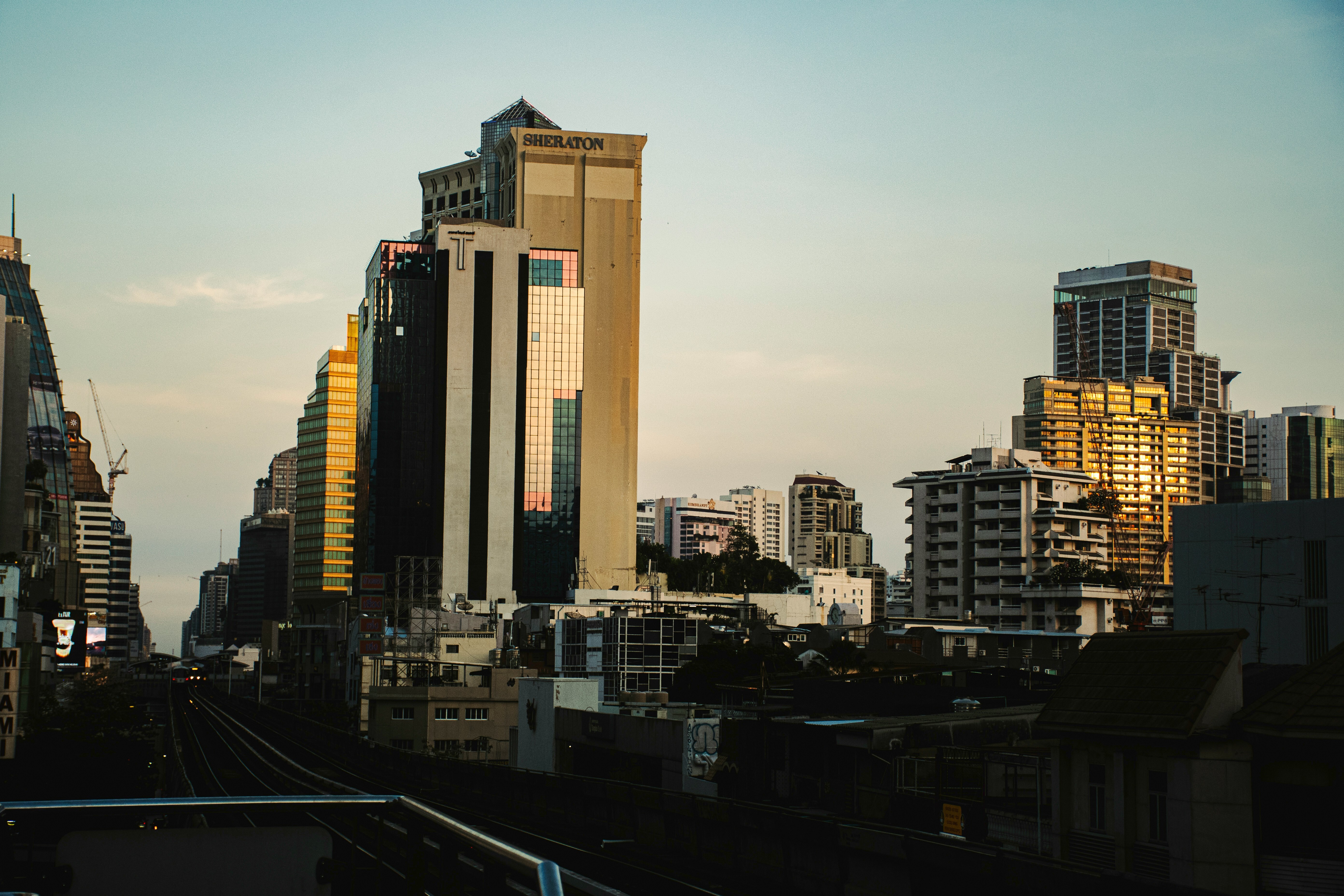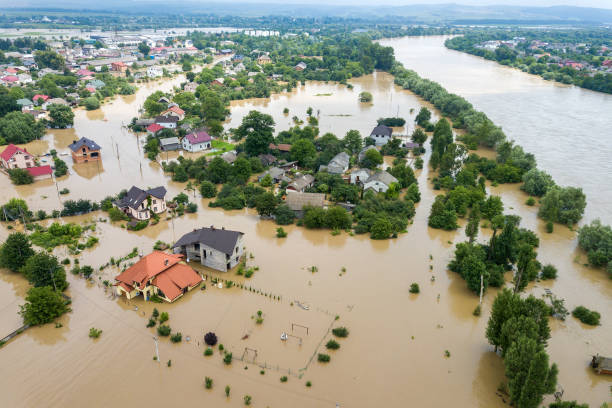Africa's energy future hangs in the balance. While renewables promise a low-carbon tomorrow, gas offers the power Africa needs today.
The Atlantic Council report argues that natural gas, if managed wisely, can light homes, fuel industries, and build the bridge toward a reality-laden transition. But time, financing, and global politics are not on Africa's side.
Bridging the Gap with Gas
Africa's energy story is one of mixed influences. With 19% of the world's population, the continent consumes just 3% of global electricity. Over 600 million Africans still live without power, most of them in sub-Saharan regions.
Yet Africa holds some of the largest untapped natural gas reserves on Earth. A potential game changer in the race for sustainable electrification.
The Atlantic Council's report, The Role of Natural Gas in Africa's Energy Transition (2025), argues that gas is not the enemy of renewables, but it is a congruent partner. Gas provides the baseload power to balance intermittent solar and wind generation while fueling industrial growth and improving living standards.
"The idea is not to replace renewables with gas," writes Neil Ford, "but to use gas as a bridge long enough to build a just transition."
But this bridge is expensive. Financing for Africa's electrification remains far from sufficient, even as Western countries expand their own gas use. The question is no longer whether gas has a role, but about how Africa can use it to secure both energy access and climate justice.
The Power Deficit Paradox
Africa's energy demand is booming; however, supply isn't keeping up. As of 2025, 42% of Africans still lack electricity, and average annual consumption (excluding South Africa) stands at 180 kWh per person, compared to 6,500 kWh in Europe and 13,000 kWh in the U.S.
Africa's Energy Inequality Snapshot (2025)
| Region | Population with Electricity (%) | Annual Consumption (kWh/person) | Main Energy Source |
|---|---|---|---|
| North Africa | 99 | 1,800 | Gas & Hydro |
| West Africa | 60 | 280 | Oil & Diesel |
| East Africa | 50 | 210 | Hydro & Biomass |
| Southern Africa | 80 | 1,200 | Coal & Renewables |
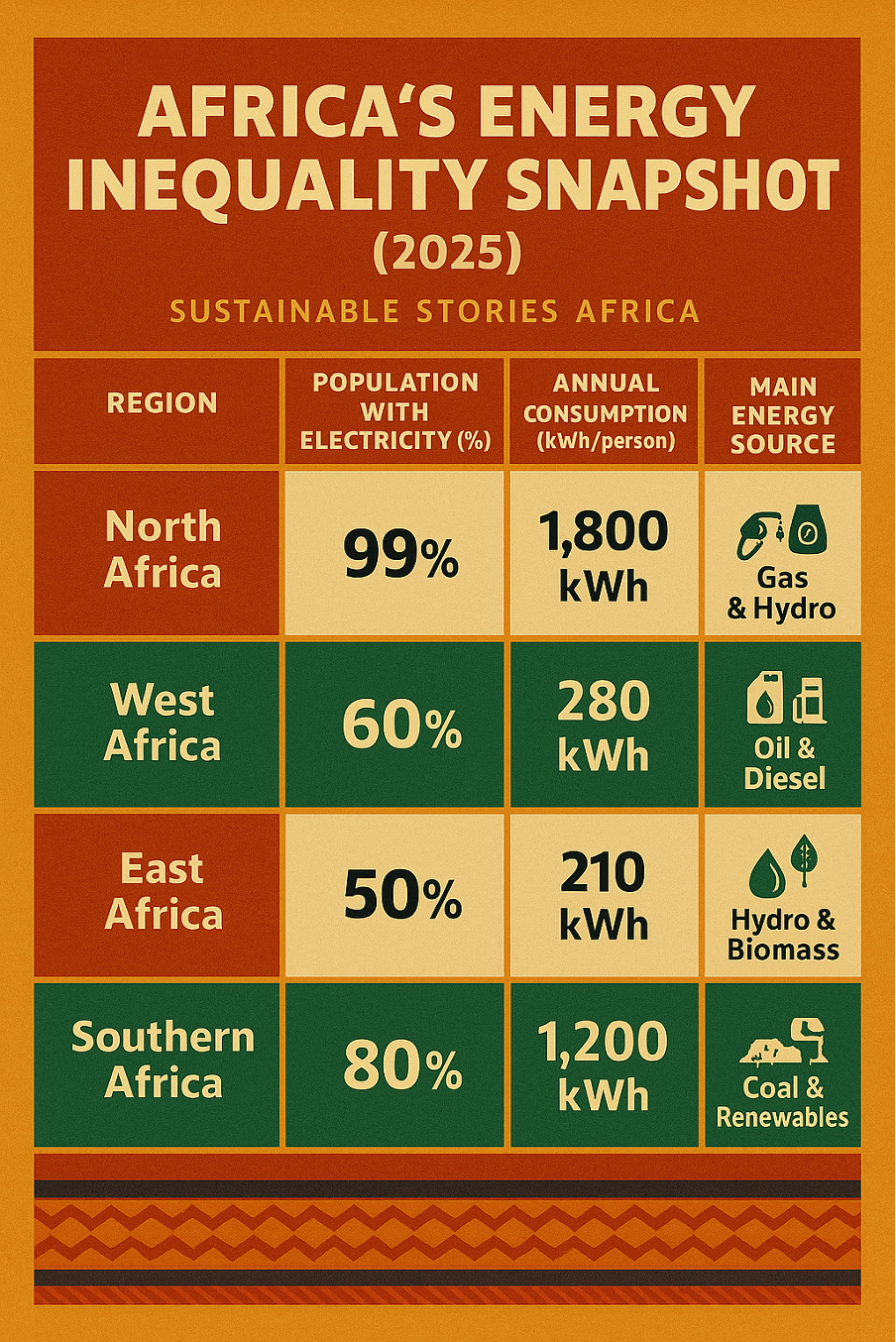
This power gap cripples industries and schools alike. In sub-Saharan Africa, an average citizen uses less electricity per year than a refrigerator in the United States.
Meanwhile, population growth is projected to increase from 1.3 billion to a projected 2.2 billion by 2054, thereby doubling its demand for electricity.
"The world cannot demand net-zero from a continent that hasn't achieved zero kilowatts," the report warns.
Why Gas Still Matters
Gas may not be the greenest option, but it's the most practical. Natural gas already accounts for 43% of Africa's electricity generation, offering cleaner emissions than coal or oil and a reliable supply when solar and wind fluctuate.
Infographic: Africa's Energy Mix (2024)
Gas: 43%
Coal: 32%
Hydro: 18%
Solar & Wind: 7%
While renewables are vital, they face barriers: high upfront costs, limited grid integration, and storage challenges. Gas, on the other hand, offers immediate scalability and utilises existing expertise.
Comparative Emissions and Efficiency
| Fuel Type | CO₂ Emissions (kg per MMBtu) | Operational Efficiency (%) | Power Supply Type |
|---|---|---|---|
| Coal | 95 | 35 | Baseload |
| Oil | 74 | 38 | Backup |
| Natural Gas | 53 | 55 | Baseload/Peaking |
| Solar | 0 | 20–25 | Intermittent |
| Wind | 0 | 30 | Intermittent |

The report emphasises that expanding gas use need not derail Africa's climate goals. Tripling Africa's power generation via gas would only increase global emissions by 1%. Yet, the benefits could be transformative: industrialisation, jobs, and access for 600 million more people.
A Just Energy Transition Vision
If implemented strategically, natural gas can become the engine of Africa's "Energy Transition", where development and decarbonization progress together.
Gas projects in Nigeria, Mozambique, Tanzania, and Senegal could support regional power integration and reduce dependence on diesel generators that emit 40% more CO₂.
Infographic: Natural Gas as a Transition Bridge
Renewables → Storage → Gas Support → Grid Stability → Electrification
Long-term Goal: 100% Clean Energy with Reliable Access
Key Benefits of Gas Integration:
- Expands electricity to rural areas
- Supports fertiliser and steel industries
- Reduces biomass use for cooking (linked to 3.2 million deaths annually)
- Cuts household air pollution by 70%
- Enables cross-border trade via power pools
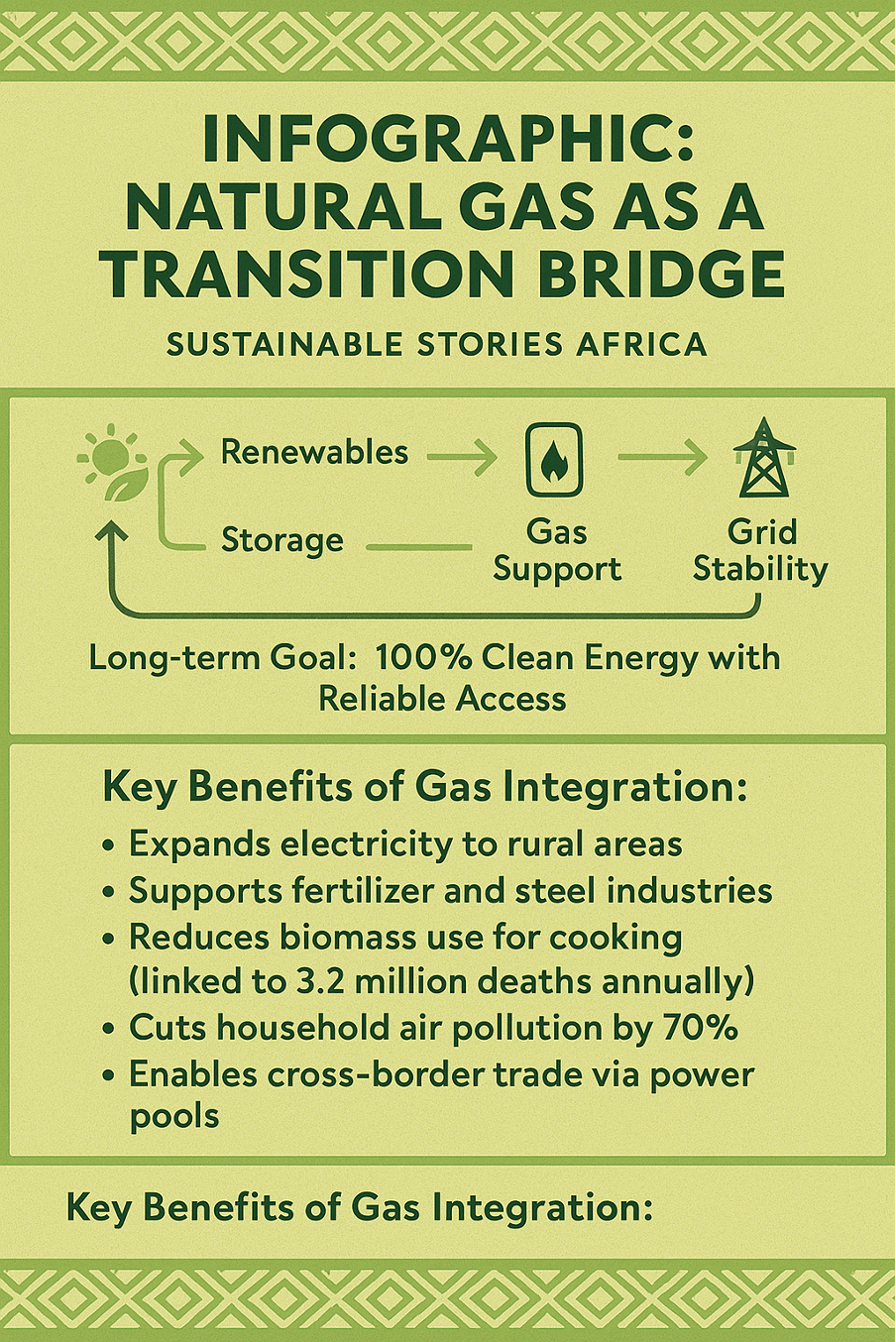
In South Africa, switching synthetic fuel production from coal to gas could cut emissions by 50%. Meanwhile, using captured gas instead of flaring, still widespread in Nigeria and Angola, could eliminate 350 million tons of CO₂ annually, equivalent to Egypt's total emissions.
"For Africa, gas isn't a step backwards, it is a step toward stability," says former AfDB President Akinwumi Adesina.
Financing the Future, Not the Past
The challenge is funding. Africa needs $200 billion annually by 2030 to achieve universal electricity access, yet current investments fall far short. The new African Energy Bank, launched by Afreximbank and the Africa Petroleum Producers' Organisation in 2025, aims to bridge this financing gap, but faces global scepticism about funding fossil projects.
The Energy Investment Gap (Annual, USD billions)
| Region | Required | Current | Gap |
|---|---|---|---|
| Sub-Saharan Africa | 150 | 45 | 105 |
| North Africa | 50 | 38 | 12 |
| Total Africa | 200 | 83 | 117 |
Policy Recommendations:
- Green-tag Gas Projects: Link financing to emission benchmarks.
- Localise LNG Infrastructure: Build regional hubs to serve both exports and domestic use.
- Phase Smart Subsidies: Reduce distortions while protecting affordability.
- Cross-Border Integration: Expand Southern, Eastern, and West African power pools for shared stability.
- Private Partnerships: Encourage blended finance to reduce capital costs and crowd-in clean tech.
"Africa's transition is not about quitting gas, it is about greening it,"
says Neil Ford.
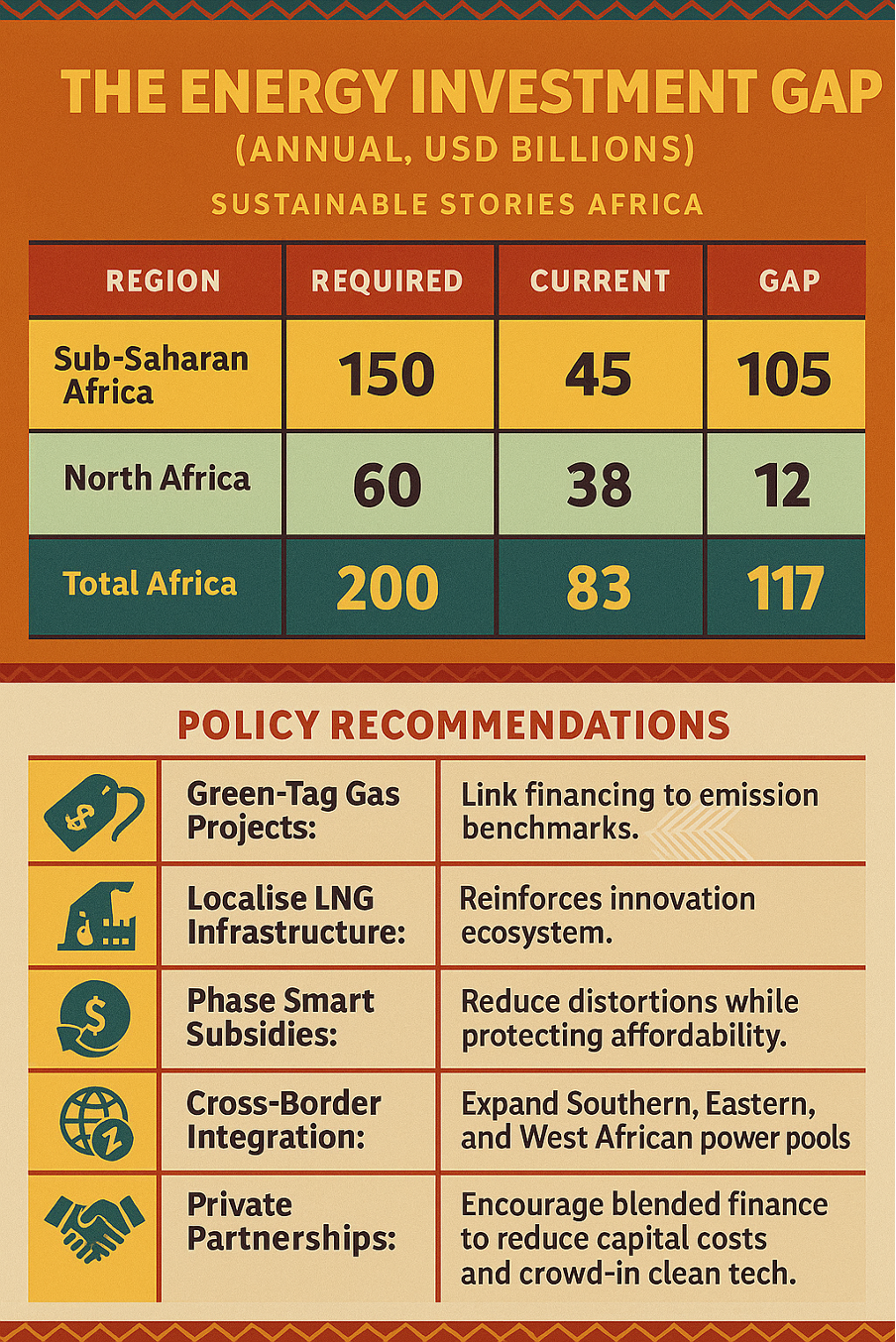
Path Forward – Building Africa's Clean Future On Gas
Africa's transition will be defined not by how fast it abandons fossil fuels, but by how effectively it harnesses gas to build renewable-ready infrastructure.
The Atlantic Council report calls for a balanced, country-by-country strategy. One that prioritises access, equity, and innovation over uniform policies. With the right financing and regulation, gas can become not Africa's final fossil, but its first foundation for clean energy sovereignty.
Infographic Summary: Africa's Energy Transition at a Glance
